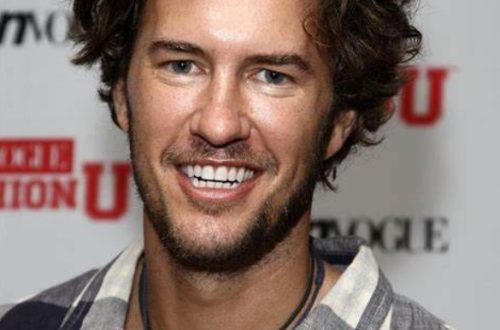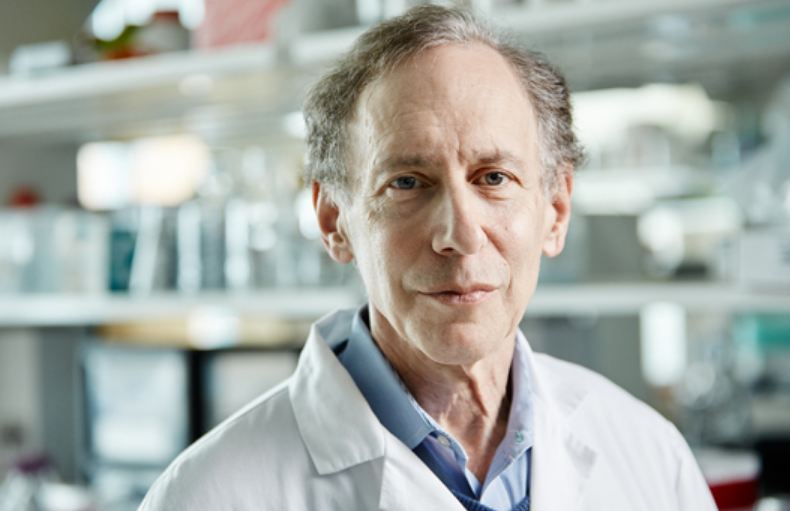
How to Contact Robert S. Langer: Phone Number, Fanmail Address, Email Address, Whatsapp, House Address
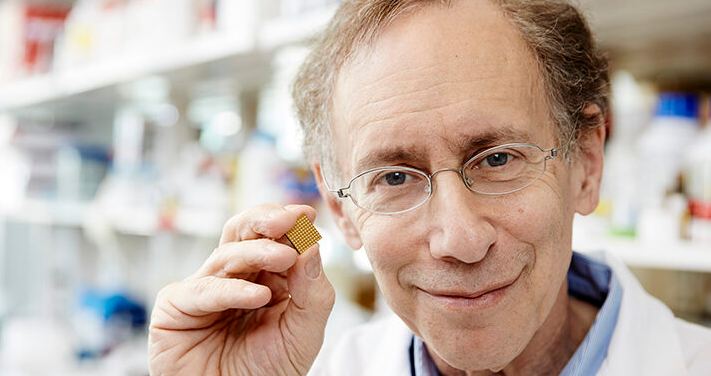
Robert S. Langer: 8 Ways to Contact Him (Phone Number, Email, House Address, Social media profiles)
Robert S. Langer: Ways to Contact or Text Robert S. Langer (Phone Number, Email, Fanmail address, Social profiles) in 2023- Are you looking for Robert S. Langer’s 2023 Contact details like his Phone number, Email Id, WhatsApp number, or Social media accounts information that you have reached on the perfect page.
Robert S. Langer Biography and Career:
Robert Samuel Langer was raised in his family’s hometown of Albany. His dad had a billiard hall in neighboring Troy, New York, and afterward a liquor shop in Albany. Robert was a kid who loved magic tricks and also loved his Gilbert chemistry set, which he got for his eleventh birthday. Soon he was able to synthesize basic polymers and rubber.
He did very well in maths and physics at the Milne School in Albany, and his parents strongly urged him to pursue engineering as a career. He opted to study chemical engineering after enjoying chemistry the best as an introductory course at Cornell. After finishing his undergraduate degree at Cornell in 1970, he went on to do his Ph.D. work at MIT. A nationwide petrol crisis hit the United States when Langer was in the midst of his doctoral studies. Chemical engineers were in great demand as American businesses looked for new methods to reduce fuel consumption.
The majority of Langer’s high school classmates went into the energy sector. When it came to fuel technology, Langer turned down 20 job offers from oil corporations like Shell and Chevron, as well as four offers from Exxon. After developing a chemistry and mathematics curriculum for inner-city school pupils while at Cambridge, he was still on the lookout for a field where he could have a greater impact on people’s lives than he did in the oil sector.
Langer sent his resume to forty different institutions for research opportunities but was rejected by every single one of them. He had nine unsuccessful attempts at obtaining research funding. Then he tried writing to medical institutions to see if they had any openings for a chemical engineer, but he was unsuccessful. One of his Cambridge friends eventually suggested he go to Dr. Judah Folkman, a professor at Harvard and the head surgeon at Boston’s Children’s Hospital.
Due to his unconventional approach to cancer research, Dr. Folkman was eager to hire chemical engineers as postdoctoral associates despite the relative rarity of their presence in surgical laboratories at the time. According to Folkman, stopping angiogenesis (the formation of new blood vessels) would be enough to halt the spread of cancer and slow the development of tumors.
His assignment for Langer was to identify compounds that would prevent the development of new blood vessels. Langer explored a parallel line of inquiry while working at Folkman’s lab. He looked for polymers that would allow for the controlled release of drugs over time.
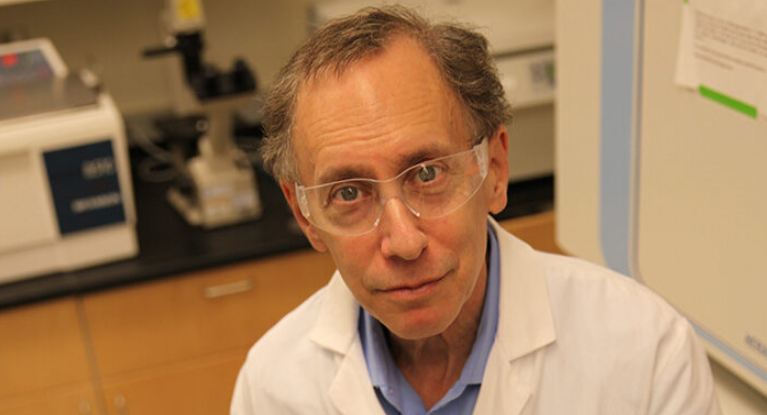
While other scientists had pondered this possibility and written it off as impossible, Langer was certain it was conceivable and began the laborious task of ruling out potential equations. Over the first two years, he attempted over 200 different approaches before settling on a method for altering polymers that would allow for a controlled release of molecules for sustained drug administration. Substances with the potential to inhibit angiogenesis were tested using the same methodology.
After working on this for two years, Langer was asked to present his findings at a conference for polymer chemists and engineers, where he was treated with widespread skepticism. When he attempted to get the National Institutes of Health (NIH) to fund his study, he was met with the same level of rejection. The first nine times he applied for a research grant, he was denied. It took roughly 28 years from the time of his first publication on angiogenesis before the first anti-cancer medicine based on this study was authorized by the Food and Medicine Administration.
When Langer finished his postdoctoral studies, he sought employment in the field of chemical engineering but was treated with indifference. Chemical engineering departments at most of the institutions Langer applied to rejected him because they considered his research belonged in the biology or medical school, echoing the sentiments of the biologists at the National Institutes of Health. After much searching, he was accepted into MIT’s Nutrition and Food Science program, however, his early years there were difficult.
The academic and institutional communities showed little enthusiasm for his research, so he turned to the business world. He started drafting patents for his findings to have pharmaceutical firms license them, develop them further, and bring them to market so that patients may profit from them.
Moderna, which focuses on the delivery of modified messenger RNA, and Blend Therapeutics, which develops combination therapies, are two of Langer’s most recent businesses. MicroCHIPS successfully tested its wirelessly controlled chip that administers medicine to treat osteoporosis patients and encourage bone growth in humans for the first time in 2012.
Using wireless electric impulses, the medicine is released from reservoirs in a silicon chip. Each reservoir has a thin coating of platinum and titanium over it. Langer believes that one day it may be possible to combine the functions of sensors and medication delivery into a single implanted device that can release pharmaceuticals in direct reaction to signals from the body.
The American Chemical Society’s highest honor, the Priestley Medal, was awarded to Robert Langer the same year. It had not been awarded to a chemical engineer for 65 years, and this was the first time it had been presented to a bioengineer. He was the first recipient of the Breakthrough Prize in Life Sciences, which was established in 2013.
The reward is $3 million per person, making it the highest prize purse in science and more than twice as much as that shared by several Nobel Prize holders in any area. The prize was funded by a group of entrepreneurs, including Google’s Sergey Brin and Facebook’s Mark Zuckerberg. In 2015, he received the £1 million Queen Elizabeth Prize for Engineering for his groundbreaking leadership “at the interface of chemistry and medicine.”
Forty separate businesses have been born out of the Langer Laboratory. Dr. Langer dedicates around one day every week to his ventures. His business ventures have made him a multimillionaire, yet he is still driven primarily by a desire to better the health of people everywhere. For the last several years, Langer Lab has collaborated with the United States Army on a regenerative tissue initiative for injured service members.
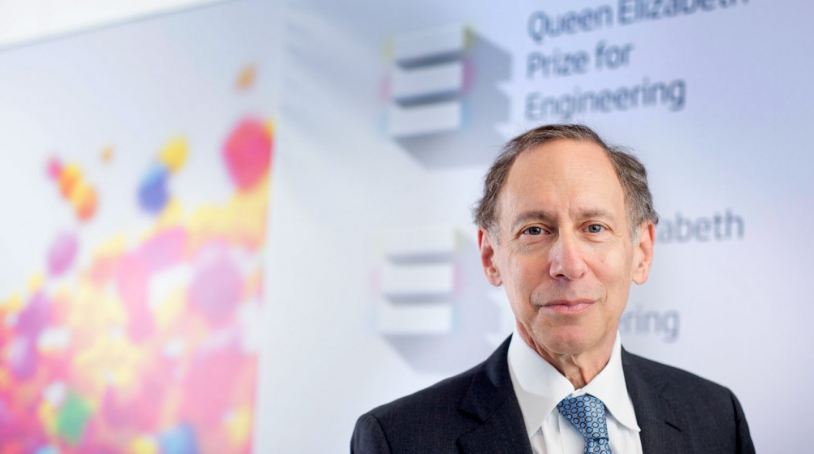
Thanks to Moderna’s resources, one of the first and most effective vaccinations against the Covid-19 epidemic may now be used by the public. On December 18, 2020, the FDA issued an Emergency Use Authorization making the Moderna Covid-19 vaccine accessible to the public. Since then, Moderna has supplied the United States government with more than 300 million doses of the vaccine. Moderna’s pipeline includes many pharmaceuticals, including the Covid-19 vaccine.
It is also looking at cancer treatments, ways to unblock arteries, and the synthesis of proteins inside damaged or missing organs. There are 25 potential drugs in Moderna’s pipeline right now. The vaccine is expected to generate over $20 billion in sales for Moderna in 2021, contributing to the company’s astonishing market value of about $160 billion. Since the beginning of 2019, Moderna’s share price has increased by 1,919%.
The BBVA Foundation presented Robert Langer, Katalin Karikó, and Drew Weissman with the Frontiers of Knowledge Award in Biology and Biomedicine in January 2022 “for their contributions to messenger RNA (mRNA) therapeutics and delivery technology that enable our cells to produce proteins for disease protection and treatment.”
In a work published in Nature in the 1970s, Langer demonstrated for the first time that nucleic acid molecules, such as RNA, could be encapsulated in nanoparticles and then released into the body. This realization paved the way for the “packaging of macromolecule therapeutics including mRNA and delivering them into cells, allowing the cellular translation machinery to synthesize the protein/antigen.”
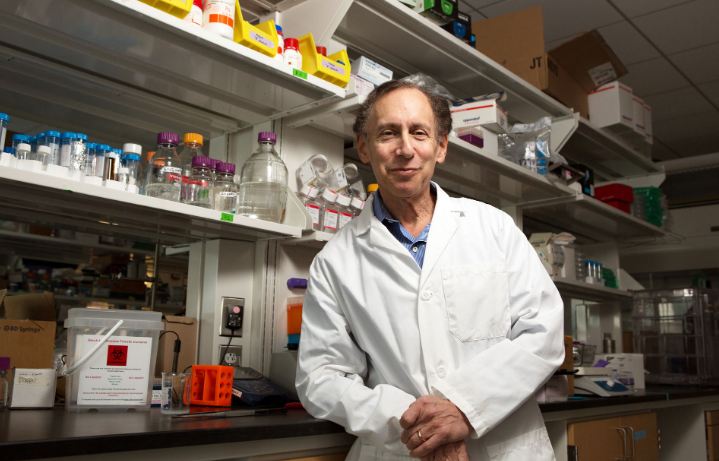
Robert S. Langer Profile-
- Famous Name– Robert S. Langer
- Birth Sign- Virgo
- Date of Birth– 29 August 1948
- Birth Place– Albany, New York, United States
- Age – 74 years (As 0f 2023)
- Nickname– Robert S. Langer
- Parents– Father: NA, Mother: NA
- Sibling– NA
- Height– NA
- Profession– Entrepreneur
- Twitter Followers: NA
- Total Insta Followers: NA
- Total YouTube Subs: NA
Robert S. Langer’s Phone Number, Email, Contact Information, House Address, and Social Profiles:
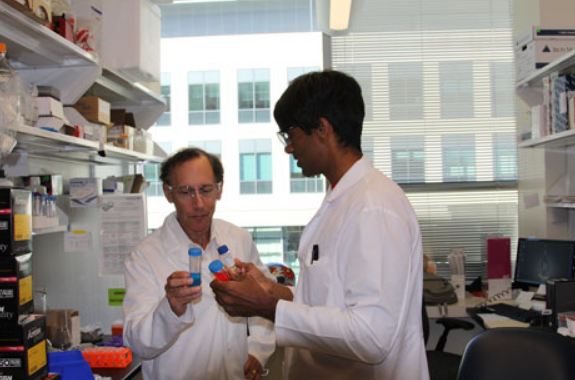
Ways to Contact Robert S. Langer :
1. Facebook Page: @langerlab
2. YouTube Channel: NA
3. Instagram Profile: NA
Robert S. Langer also has his Instagram profile, where he gained a million followers and got around 100k likes per post. If you want to see his latest pics on Instagram, you can visit through the above link.
4. Twitter: NA
5. Phone number: 617-253-3107
Many phone numbers are leaked on google and the internet in the name of Robert S. Langer, but upon checking, we found none work. However, when we see the exact number, we will update it here.
6. Fan Mail Address:
Robert S. Langer
Albany, New York, United States
7. Email id: NA
8. Website URL: https://langerlab.mit.edu/
Read Also: How to Contact Kip Thorne: Phone Number, Fanmail Address, Email Address, Whatsapp, House Address


